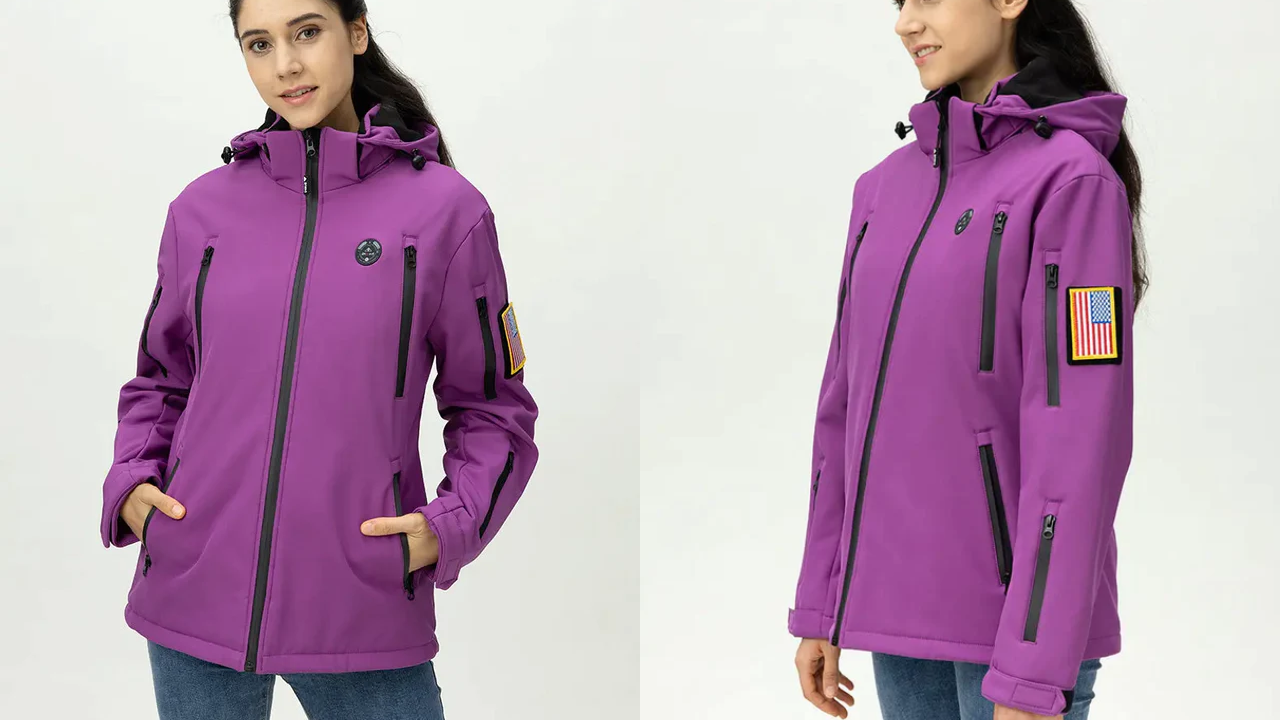Men’s heated vests have become a winter essential for those who want to stay warm in cold weather. But have you ever wondered how these marvels of modern technology work? The principle behind heated vests is rooted in the science of thermodynamics and electrical engineering.
The iHoodwarm is a performance platform in this regard. You can see this page to get details about men’s heated vests. In this article, we’ll explore the working principle behind men’s heated vests and how they keep you toasty even in freezing temperatures.
The Key Components of a Heated Vest
Before delving into the working principle, it’s essential to understand the key components of a men’s heated vest:
Heating Elements:
These are the heart of the heated vest. Heating elements are typically made of thin, flexible, and lightweight materials that can generate heat when an electrical current flows through them. These elements are strategically placed within the vest, often in areas like the chest and back.
Power Source:
Men’s heated vests are powered by rechargeable or disposable batteries. These batteries provide the electrical energy needed to heat the vest. Some vests come with battery packs, while others have a specially designed pocket to hold the battery.
Control Unit:
A control unit or a temperature controller allows the wearer to adjust the level of heat produced by the heating elements. It also manages safety features like automatic shut-off and overheat protection.
Wiring and Circuitry
Wires and circuitry connect the heating elements, power source, and control unit to create a complete system. These components ensure the proper distribution of electrical energy and heat throughout the vest.
The Science behind Heated Vests
Heated vests operate on a simple yet effective principle: the conversion of electrical energy into heat. This process is governed by Ohm’s Law and the Joule effect, which are fundamental principles of electrical engineering and thermodynamics.
Electrical Current Flow
When you turn on your heated vest, electrical current flows from the battery through the wiring and into the heating elements. The heating elements are designed to have a high resistance to the flow of electricity. This resistance results in electrical energy being converted into heat energy. As the electrical current encounters resistance in the heating elements, the resistance generates heat.
Resistance and Heat Generation
The concept of resistance is at the core of how heated vests generate warmth. The heating elements are typically made from materials that have a high resistance to electrical currents, such as carbon fibres or metallic wires. As the current flows through these elements, it meets resistance, and this resistance generates heat according to the Joule effect.
Temperature Control
The control unit in your heated vest serves two primary functions: temperature control and safety. It allows you to adjust the heat output to match your preferences and the environmental conditions. This customization is crucial because different situations require different levels of warmth. For instance, you might want a lower heat setting during mild cold weather and a higher setting in freezing temperatures.
Safety Features
Safety is a paramount concern in heated vests. The control unit incorporates various safety features to ensure that the vest doesn’t overheat or pose any risks to the wearer. If the vest reaches a certain temperature, the control unit can automatically turn off the heating elements to prevent overheating.
Placement of Heating Elements
The placement of heating elements is strategic. By positioning them in areas like the chest and back, heated vests ensure that warmth is directed to your core, where your vital organs are located. Keeping your core warm is crucial for maintaining overall body temperature in cold conditions.
Energy Efficiency
Modern heated vests are designed to be energy-efficient. They maximize the heat generated from the electrical energy while minimizing power consumption. This efficiency is essential, as it allows for longer battery life, making heated vests ideal for extended outdoor activities.
Conclusion
Men’s heated vests are a remarkable combination of science, engineering, and comfort. They leverage the principles of resistance, electrical current, and the Joule effect to generate and control heat. With their targeted warmth, customization, and safety features, these vests provide an effective solution for staying warm in cold weather while enjoying sports and outdoor activities.
